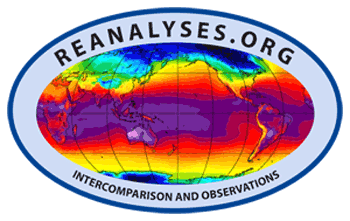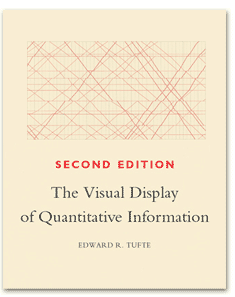I rarely actually finish reading books. But when I do it means they're useful and interesting, so I'll tell you when that happens.
I finally finished Tufte's famous
The Visual Display of Quantitative Information (
here on Amazon). There are gazillions of
reviews online, so I'll be brief.
If you are an applied researcher and you plan on making your living doing statistics or theory and writing papers, ask each of your colleagues for $1 so you can buy and read this book. They will gladly pay up, since it will make deciphering your future papers much more pleasant.
The book is overpriced and Tufte's writing style is patronizing. But the book is still worth reading and if I ever teach a stats class, it will be assigned. If the book does nothing else, it brings together a wide array of statistical graphics from various fields, graphs I never would have found on my own, and critiques them. The critiques sound like the kind of thing that photographers, artists and designers do for each other all the time. But its uncommon for us stats-types to ever really talk about the organization and aesthetics of our graphs. I was surprised how useful the exercise was for me.
Tufte is a designer and he names his rules-of-thumb-for-graphs things that only a designer would come up with. But he's not dumb and this is a book for applied statisticians. He doesn't do any fancy math, but he assumes you know what variance, a marginal distribution and r-squared are on page 2.
If you pride yourself on being a pragmatist with no taste for unnecessary glitz, you may be surprised to find that Tufte-the-designer is on your side. All of his tools and tips help you focus on the data and avoid unnecessary decorations in your graphs. He even critiques several of the "recommended graph styles" used in top journals as being over-drawn.
Recommendation: buy the book and read it. It's easy to read and will make all of your future work more valuable. Constructing a single smoking graph as the centerpiece in each paper/presentation is one of the most useful things you can do as a researcher. And this book will help you get there. I didn't like all of his advice, but I'm certain that he altered how I approach my own graphs (and I'm someone who already spent a lot of time thinking about their design).
Besides, even if you end up hating the book, at least you can appreciate its beauty: it's probably the only statistics book that I would consider leaving out on the coffee table when guests are over.



















